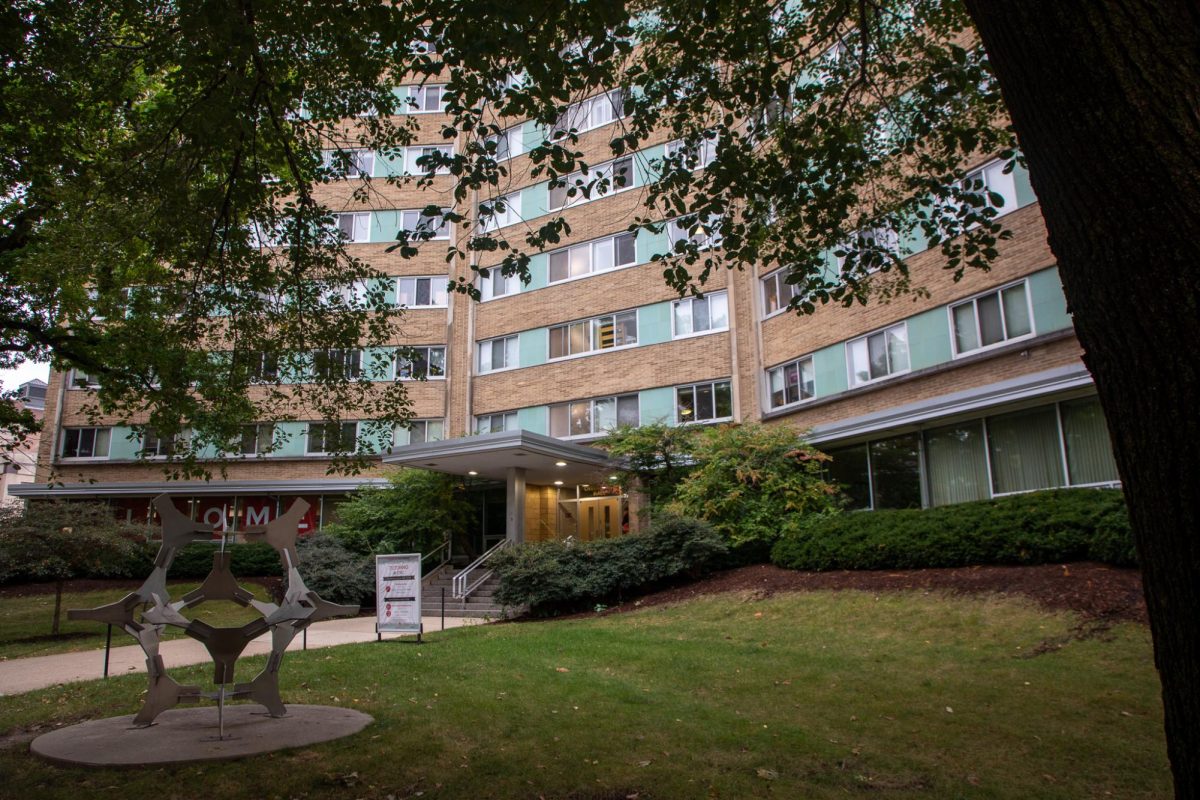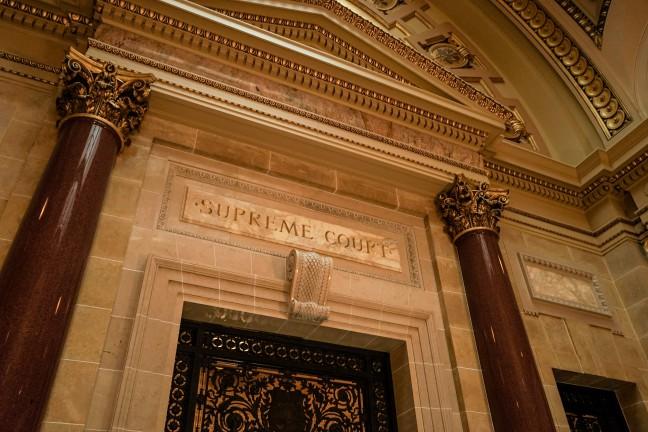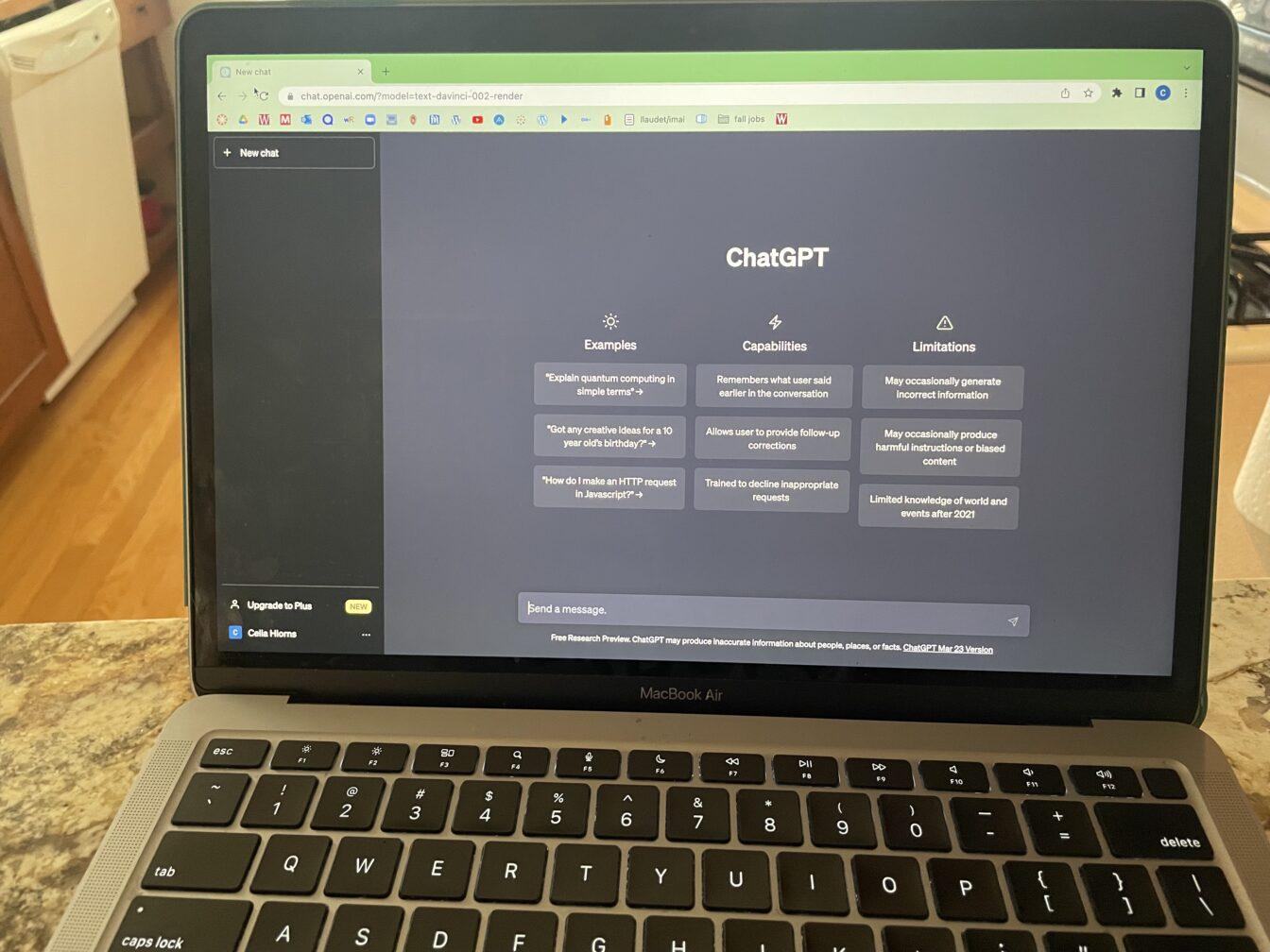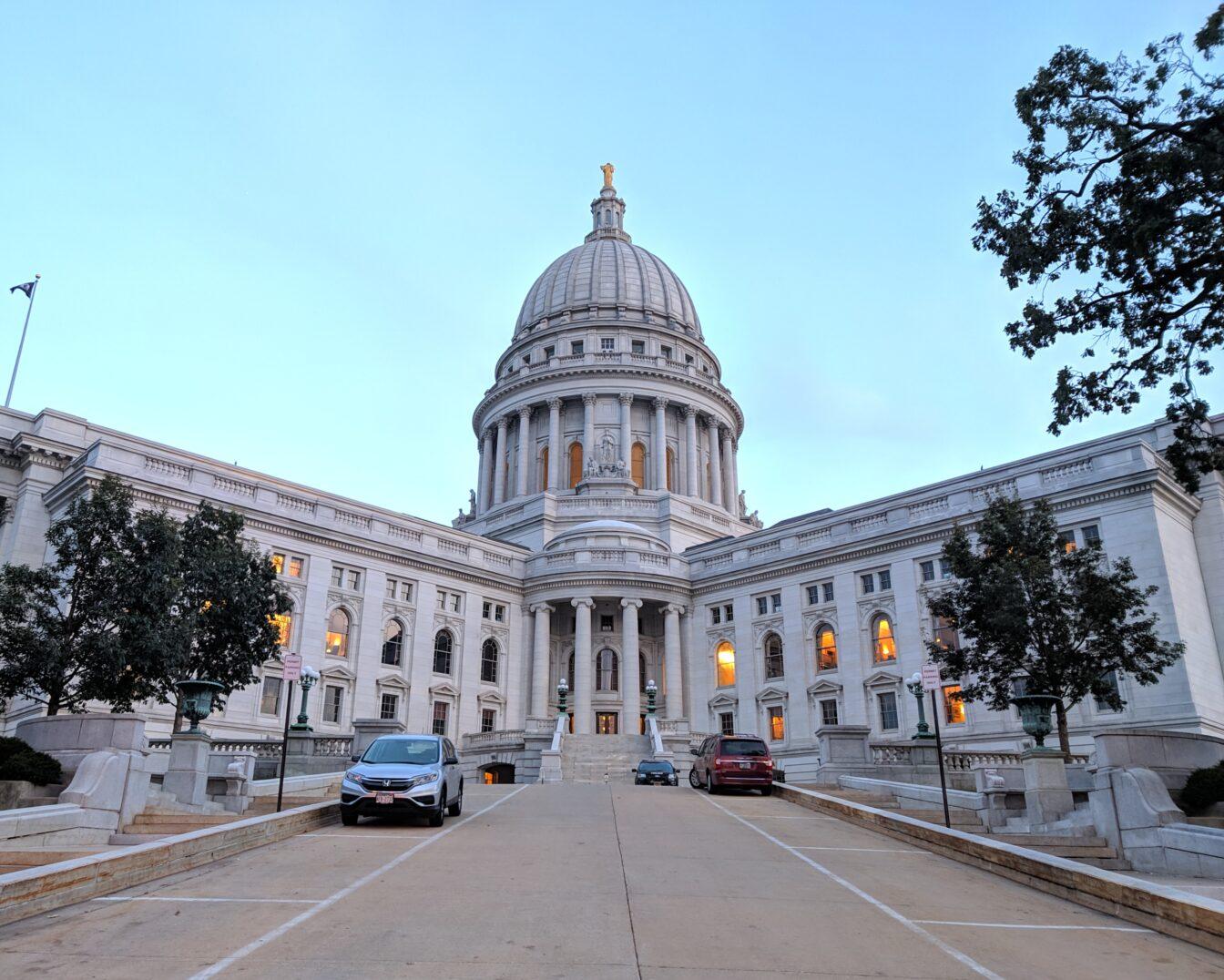The past few months everyone in politics was focused on an election and while we love the attention that elections bring, it’s time to get back to business. That means getting back to debating some of the most important issues our nation faces.
The Democratic Party has been talking a lot about climate change and government-led solutions for years, in case you’ve managed to not watch the news since Al Gore ran for president. Aside from disastrous and destructive policies like cap-and-trade, the focus has mostly centered around renewable energies, how they will affect the overall energy market, and what types should be invested in and by whom. The debate over renewable energies gets to the core of what Republicans and Democrats cannot agree on. Who knows best: the free market or the government?
Almost all climatologists and scientists agree that climate change is a real and pressing issue. While some in my party are skeptical of the science of climate change, the truth about climate change is that it is happening.
So let’s get past the debate about climate change and the potential monumental impact and start talking solutions. President Barack Obama began an aggressive top-down agenda led by the EPA that was supposed to curb climate change immediately, make it affordable for everyone to take part in the renewable energy revolution and provide funding for renewable energy companies. His vision was noble but lofty and misguided.
Obama’s plan was a major loss for not only consumers of power but also for those looking for a solution to climate change. The EPA’s own policy analysis model, called MAGICC, has determined that the overall impact of the president’s policy is approximately a .01-degree Celsius difference by 2100. That doesn’t make me feel much better and it shouldn’t make you feel any better either.
So how much money is the government spending exactly for that .01-degree difference? Thirty-nine billion dollars a year. That’s $39 billion that could be going to solving poverty, terrorism or healthcare.
Not to mention the cost to the consumer would be astronomical if we push this agenda too hard. There is an overabundance of natural gas flooding the market right now and oil prices are trying to compete with that. That makes it incredibly hard for renewable energy companies to compete. The NERA’s report on the president’s plan estimated that rates could rise 21 percent for some consumers. The last thing we need right now is the poor and middle class burdened by extra costs that they cannot avoid incurring.
The EPA-run loan program has had no measurable impact since its beginning and is known for massive blunders such as the Solyndra investment. The EPA, in all their infinite wisdom, decided that it knew better than the dozens of financial analysts in the private sector who had decided it was not worth the risk. The result? Solyndra misled government officials who put taxpayers on the hook for over $500 million that funded a company that quickly went belly-up. There are a dozen other examples just like Solyndra that show exactly why the loan program has failed.
The solution to funding renewable energies? Let the free market do what it does best: self-regulate.
Most of the funding that goes to renewable energies is from the private market and that’s where most of the success is. The current administration is either blissfully unaware of how poor their policy will perform, or they just enjoy giving public funding to donors of their campaigns and Super PACs. You can decide which is worse.
While the Democrats continue to push for failed policies that lead to little results, watch Republicans free up the market to continue investing in what works and watch the companies invested in by the private sector continue to outperform government subsidized renewable energy companies.
Jake Lubenow ([email protected]) is a junior majoring in finance, investment and banking and political science.




















